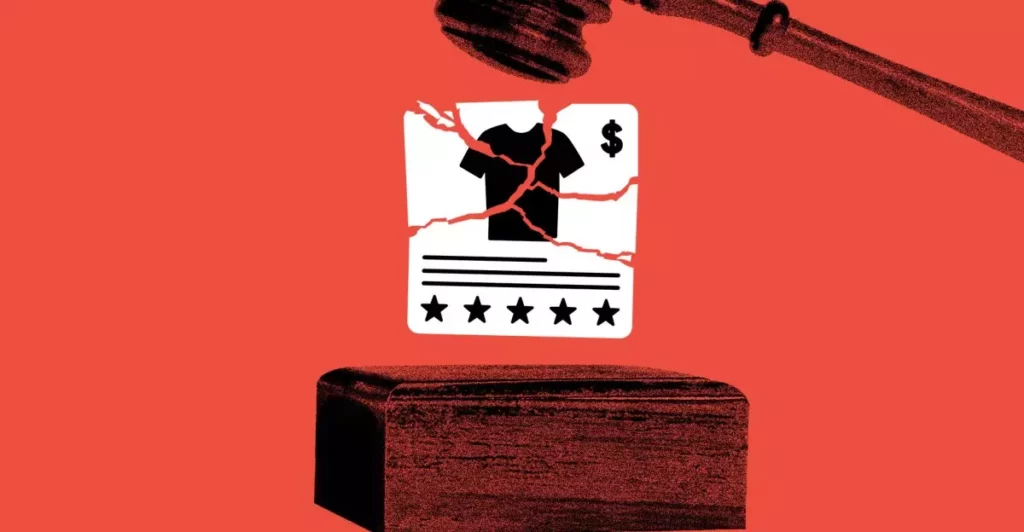In the wake of the Trump administration’s announced AI strategy—a minimalistic approach focused on deregulation and competitiveness—the Chinese government unveiled a comprehensive “Global AI Governance Action Plan.” The deliberate timing of this release, coinciding with China’s largest AI conference, was no coincidence. It signaled a shift from the American ideology of minimal interference to a more structured, safety-oriented vision. This contrasting approach exposes a fundamental divergence in how two superpowers view the future of artificial intelligence. While the West, particularly the U.S., appears hesitant to impose strict governance, China advocates for a coordinated international framework that prioritizes safety and oversight. This dynamic isn’t just diplomatic posturing; it’s a contest over who will shape AI’s future trajectory and, by extension, global influence.
China’s emphasis on international collaboration and the proactive role of government intervention underscore its strategic intent to position itself as a leader not only in AI development but also in setting the rules of engagement. Premier Li Qiang’s emphasis on global cooperation reveals Beijing’s awareness that AI’s power isn’t solely about technological prowess but also about governance, ethics, and control. Meanwhile, U.S. policymakers’ reluctance reflects a dangerous underestimation of AI’s inherent risks, choosing instead to focus on technological sovereignty and economic dominance. This discrepancy could lead to fragmented standards, with America and its allies operating under a different set of safety principles than China—introducing risks that are neither managed nor synchronized.
Differences in Ideology Reflecting Divergent Priorities
The core ideological divide becomes visible when contrasting China’s “globalist” AI policy with America’s laissez-faire approach. China aims to embed AI safety within a broader international framework, advocating for global standards that can regulate and monitor developments worldwide. This is a strategic move that plants China firmly in the safety and ethical oversight space, showcasing it as a responsible leader committed to avoiding catastrophic outcomes. In stark contrast, the U.S. appears oblivious or perhaps indifferent to the urgency of establishing such international norms, preferring to let the market and private sector develop AI without comprehensive oversight.
This stance is shortsighted and dangerous. The U.S.’s talk of “pursuing objective truth,” for instance, inherently carries ideological baggage. It risks morphing into a top-down narrative that could suppress dissent or alternative perspectives under the guise of scientific objectivity. Such an approach might seem appealing to technocrats and libertarians but ignores the complexities of societal impact and ethical considerations. The American model, driven heavily by private interests and innovation without sufficient safeguards, risks producing AI systems that could hallucinate, discriminate, or even be weaponized—outcomes that safety-conscious countries like China are actively trying to contain.
Furthermore, the Chinese government’s willingness to intervene and institute regulatory measures is a stark contrast to Western skepticism about government’s role in AI. While critics on the left or libertarian right argue over government overreach, the reality is that without oversight, the danger of unrestrained AI development spiraling into chaos is imminent. Global cooperation, especially under a united banner involving countries like China, the UK, and Singapore, could help establish concrete benchmarks that curb reckless innovation and prioritize societal safety.
Who Will Rule the Future—Market or Governance?
At its core, the AI race involves a contest between deregulated technological innovation and strategic safety oversight. The Western approach—particularly the U.S. philosophy of fostering innovation with minimal restrictions—may seem attractive in the short term, but it neglects the very risks that could undermine the entire technological enterprise. The rapid development of frontier AI models based on shared architectures and scaling laws indicates that the societal impacts are as uniform as the technology itself. Both China and the U.S. are pushing forward, yet their governance philosophies diverge sharply, with China advocating a more precautionary stance.
This divergence indicates that the future of AI isn’t solely about who can develop the most powerful models fastest; it’s about who can set the standards and enforce safety—a task that China is eager to take on. The Chinese leadership’s focus on AI safety and international cooperation suggests they grasp the importance of a collective response to what could be an existential challenge. Meanwhile, Western countries risk ceding control if they continue to prioritize headline-grabbing innovation over responsible development.
The current trajectory suggests that those countries which strike a balance between technological advancement and a robust safety framework—an approach centered on pragmatic regulation—will have the advantage. As AI becomes more integrated into societal infrastructure, only through disciplined oversight and international cooperation can risks be mitigated in a meaningful way. The overarching question remains: Does the West have the political will to recognize that AI safety isn’t an obstacle to innovation but an essential foundation for sustainable progress? If not, it risks being a bystander while China and other nations set the new global standards.
The Future of Global AI Leadership Is at a Crossroads
In the end, the AI power struggle is a test of global leadership—clarified sharply by the contrasting strategies of the U.S. and China. The Chinese government’s proactive stance highlights a recognition that AI is not merely a tool for economic dominance but a potential instrument of societal control and security. The U.S., in its current posture, may be underestimating the peril of neglecting safety, opting instead for a doctrine of innovation and competition that could backfire.
The truth is that AI safety isn’t just a technical issue; it’s a geopolitical one. Countries that lead in establishing responsible standards will wield considerable influence over how AI is integrated into both everyday life and global power structures. The inability—or unwillingness—of the U.S. to lead on this front could have lasting repercussions, allowing China’s model of coordinated regulation and safety oversight to become the global norm. Patriotism and economic interests aside, it’s clear that the future of AI governance will dramatically influence the balance of global influence, security, and societal stability for decades to come.









Leave a Reply